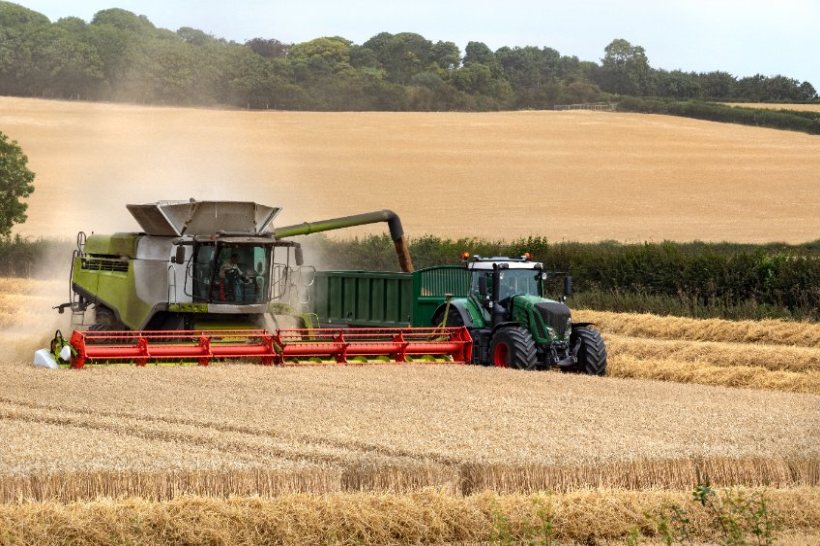
The NFU has launched its 2022 harvest survey in order to assess the impact of yet another year of volatility on arable crops, which has been impacted by the fertiliser crisis and surging input costs.
This year's data will also help the union assess the impacts of other pressing issues facing growers, such as market volatility and adverse weather events.
The survey hopes to produce reliable production statistics to demonstrate the land-efficient way in which the UK produces crops.
It also looks into the variations across the regions and soils – something that isn’t really a factor for the UK's competitors in continental climates.
NFU combinable crops board chairman, James Cox said this year's data would be 'especially important'.
"Whether it’s been the planting intentions survey, or before that on nitrogen use efficiency, these surveys help to shape and provide evidence for our policy asks and help us to champion British arable farming.
"All these surveys are related, because the harvest survey will provide more detail of the impacts of the many challenges during the past year, how you have adapted to them, and how they have translated into grain in store."
"We’d also really like to have a good number of respondents from each region, because the that can also tell us a great deal about the variations across the country, especially in terms of the weather.
"As the harvest began this year we saw record temperatures, which brought their own challenges, but the rainfall deficit had gone on for months before that for many of us.
"As a result, the better the regional data we have, the more tailored we can be when talking to MPs and officials and the more relevant the case we make to them will be."
How do I get involved?
Growers can get involved by taking the survey online or by filling in the paper form found in the September issue of British Farmer and Grower magazine.
The survey will close on Sunday 27 September and all responses will be treated in strictest confidence.
Farmers are urged not fill in the survey unless harvest is complete. If it is not complete by the deadline, then average yield realised on the area harvested to date is sufficient.
All figures must be in metric units, (tonnes and hectares). To convert to hectares, multiply the area in acres by 0.405.
